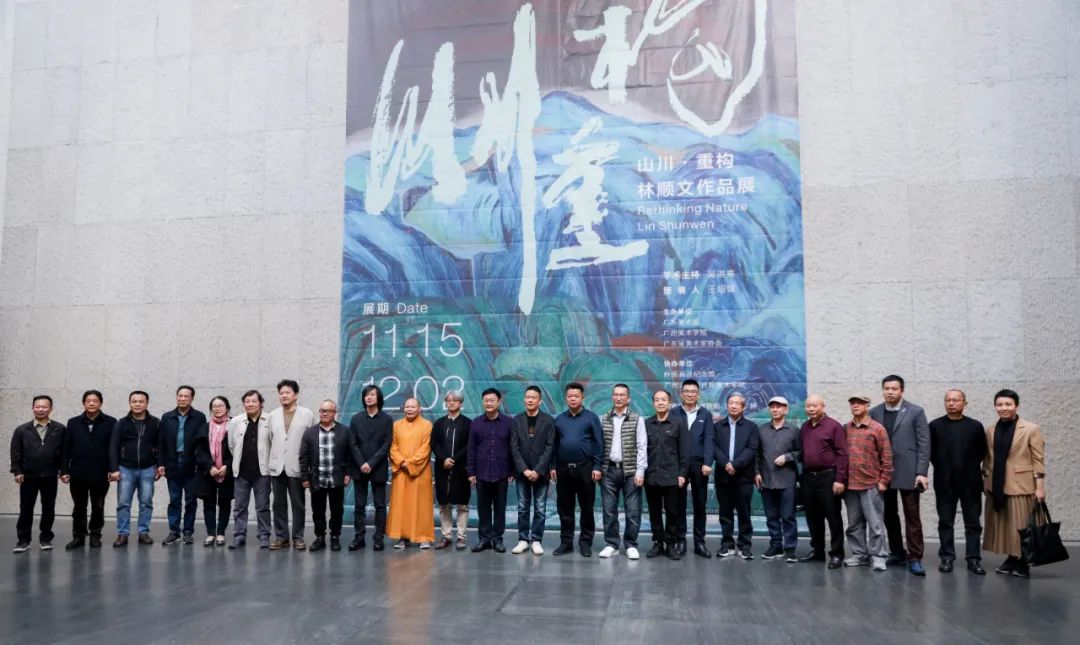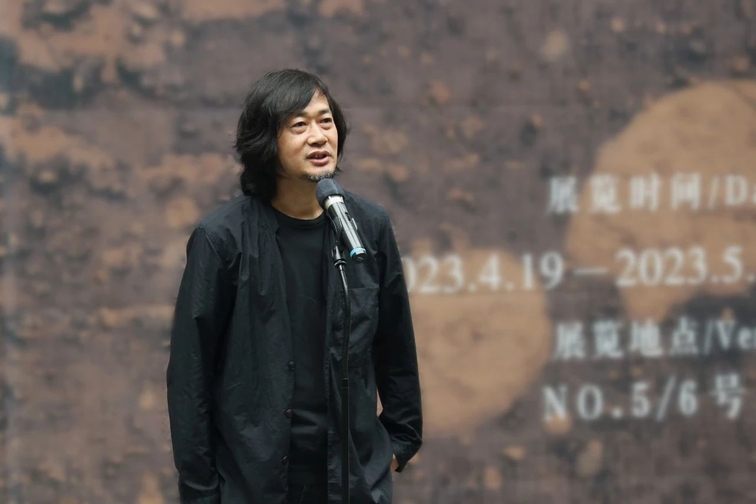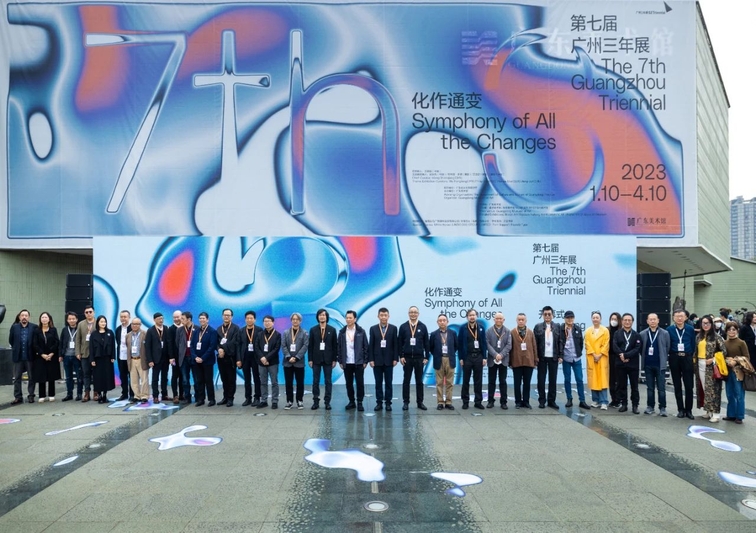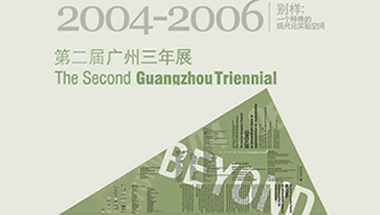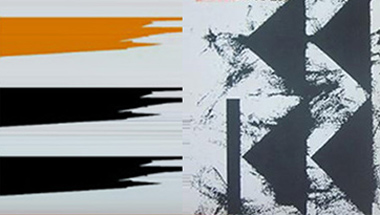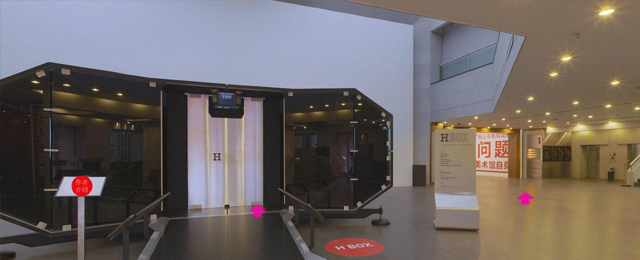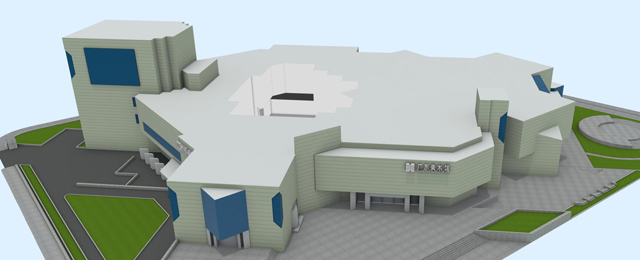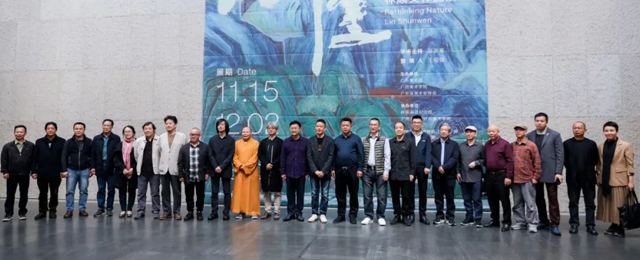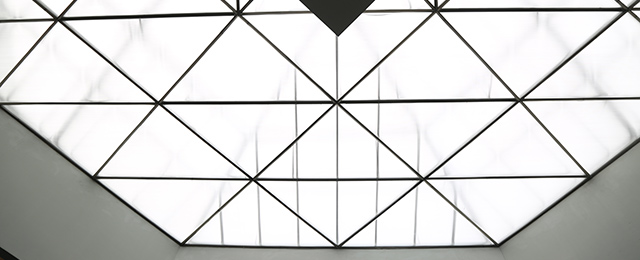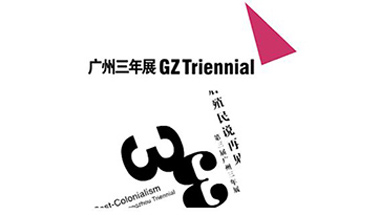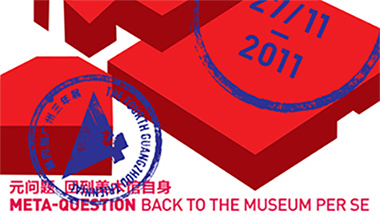自动乐器简史
录入时间: 2007-09-14
1.
14世纪时,最早的音乐编码自动乐器“钟塔组铃”在荷兰鸣响。于是,机械自动音乐的历史就从“低地国家会唱歌的钟塔”开始了。(译注:“低地国家”包括荷兰和比利时,有时还包括卢森堡)
In the 14th century the first programmed musical instruments - the tower carillons - sound in the Netherlands. The history of mechanical music begins with "the singing towers of the Low Countries".
2.
17世纪,小型的组铃进入了家庭:在带音乐的钟里有一排铃,由一个乐曲编码滚筒来演奏,就象钟塔里的组铃一样。
In the 17th century scaled-down carillons are introduced into the drawing-room: the musical clock contains a row of bells which are played by a programmed cylinder just like the tower carillon.
3.
1796年,瑞士钟表匠安托万·法夫尔为“没有铃或锤子的组铃”申请到了专利。这就是滚筒音乐盒的诞生。在这种音乐盒里,滚筒上的音乐编码钉片拨动一排定了音的钢齿,从而产生音乐。
In 1796 the Swiss watchmaker Antoine Favre takes out the patent on "the carillon without bells or hammers". This is the birth of the cylinder musical box. Here the music is produced by a row of tuned steel teeth that are plucked by a musical pattern of pins on a cylinder.
4.
大约在1885年,圆碟音乐盒诞生。乐曲编码滚筒被一种钢碟代替,而钢碟可以大规模生产。于是,碟式音乐盒随之遍及全球。
Around 1885 the disc musical box is born. The musical cylinder is replaced by a steel disc which can be produced in quantity. The result is enormous mass production. Disc musical boxes are soon available all over the world.
5.
早在文艺复兴时期,自动风琴就已出现,它由一个乐曲编码滚筒来演奏。这些早期的滚筒风琴最初仅仅用于宫廷和贵族城堡。18世纪,滚筒风琴(它们通常与钟结合在一起)开始进入富有的资产阶级家庭。
Already in the Renaissance organs are to be found which are played by a programmed cylinder. These early barrel organs are initially destined only for palaces and castles. In the 18th century the barrel organ - often in combination with a clock - also finds its way into the houses of the wealthy bourgeoisie.
6.
由带钉片的滚筒演奏的弦乐乐器在16世纪时就已出现。大约1900年,自动钢琴出现,它由打孔的卷纸来演奏,很快成功行销全球。
Stringed instruments, played by a pinned barrel, are already making their appearance in the 16th century. Around 1900 the pianola is introduced. This instrument, which is played by perforated paper rolls, becomes a world-wide success.
7.
奥开斯特里翁琴(即“仿管弦乐队琴”)将各种各样的自动乐器结合为一体,主要用于咖啡厅和舞厅。1880年至1930年间,各式各样的奥开斯特里翁琴被大量生产。但到了20世纪30年代,它们就被留声机和自动点唱机所取代了。
Orchestrions are combinations of various automatic musical instruments designed for cafés and dance halls. They were produced in large numbers and varieties between 1880 and 1930. Their rôle was taken over in the thirties by the gramophone and juke-box.
8.
1892年,安塞尔莫·加维奥利为“书形乐曲编码风琴”申请到专利,这成为机械自动风琴历史的转折点。街头风琴、节日场地风琴以及舞蹈风琴很快就采用了这种造价低廉、易于生产的“风琴书”。
Anselmo Gavioli's 1892 patent of the "book organ" marks a turning-point in the history of the mechanical organ. Street organs, fairground organs and dance organs rapidly adopt the cheap and easily produced organ book.
9.
荷兰的街头风琴传统应该归功于1875年由B. L.
瓦尼斯公司在阿姆斯特丹建立的租借体制。通过这种租借手段,风琴的使用人就可以请专业人员来维护他们的乐器,还可以借用新的风琴。
The Netherlands owe their tradition of street organs to the system of hiring, established in Amsterdam in 1875 by the Belgian Leon Warnies. By this means organ players can have their instrument maintained by specialists and from time to time avail themselves of a new organ.
10.
大约1700年,最早的滚筒风琴出现在街头。这种乐器通过一条带子被挂在人的脖子上,由一个木制的乐曲编码滚筒来演奏。1920年,德国风琴制造商卡尔·弗莱在布雷达开业后,荷兰就成了街头风琴业最兴盛的一个国家。而街头风琴如今在荷兰仍被生产。
Around 1700 the first barrel organs appear on the street. These instruments are hung from a strap around the neck and are played by a wooden musical cylinder. After the German organ builder Carl Frei is established in Breda in 1920, the Netherlands become the pre-eminent country of street organs. Street organs - or "pierementen" - are still being built in the Netherlands.
11.
节日场地风琴的制造在法国和德国这两个国家有着根深蒂固的传统。20世纪初,这两个国家生产出巨型的节日场地风琴,它们是盛大节日中的音乐和视觉焦点。
The construction of fairground organs has a deep-rooted tradition above all in France and Germany. At the beginning of the 20th century huge instruments are built there and become the musical and visual focus of the great fairs.
12.
20世纪初至二战期间,舞蹈风琴风靡一时,尤其在比利时。这种带有巨型琴面装饰的乐器成为舞厅室内装饰的一个组成部分。由于配有极其丰富的书形乐曲编码曲目,舞蹈风琴可以演奏出客人点播的任何一支舞曲。
From the beginning of the 20th century up to the second World War dance organs are very popular, especially in Belgium. These instruments with their monumental façades form an integral part of the decor of the dance halls. Thanks to their tremendous repertoire of book music they can play any dance requested.
开放时间:每周二至周日9:00-17:00(逢周一闭馆)
每日16:30停止入场
地址:广东省广州市越秀区二沙岛烟雨路38号
咨询电话:020-87351468
预约观展:
-
冬日的寒凉抵不过大家的热情。 广东美术馆的这个冬天, 因为观众朋友...


